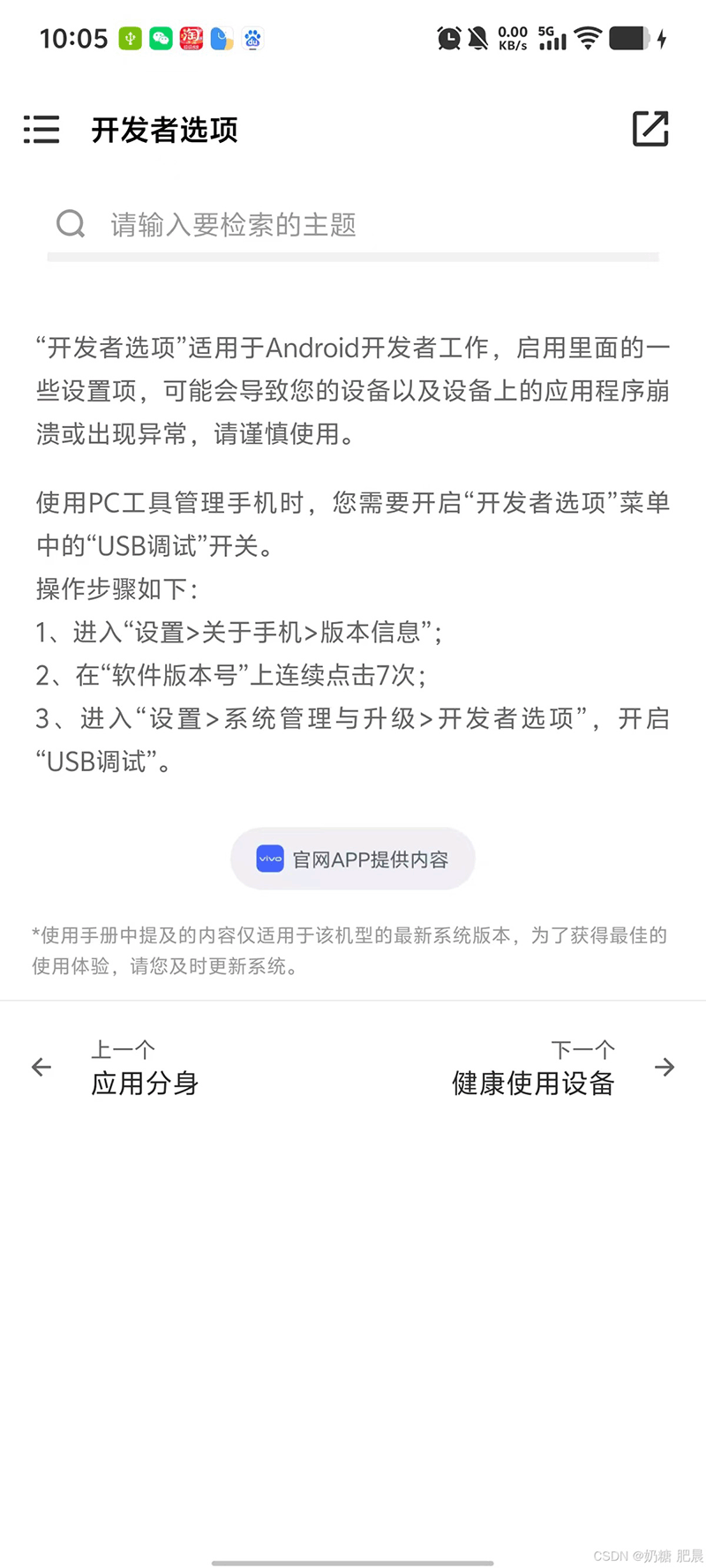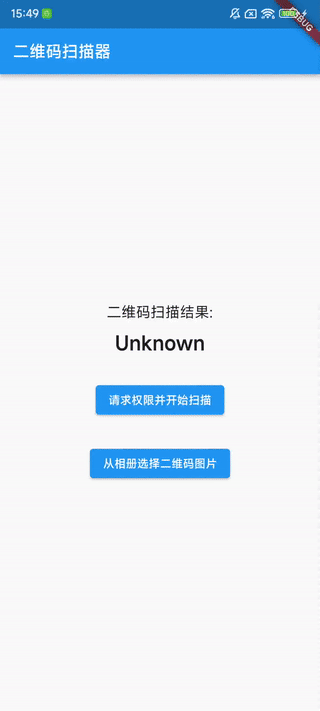这篇文章主要阐述3个知识点
- 安卓APP 怎么用webview加载H5
- H5怎么调用安卓定义的方法
- 安卓怎么调用H5定义的方法
1,安卓APP 怎么用webview加载H5
安卓端定义个webview xml 页面,代码如下所示:
|
1 2 3 4 5 6 |
<?xml version="1.0" encoding="utf-8"?> <WebView xmlns:android="http://schemas.android.com/apk/res/android" android:id="@+id/web_view_id" android:layout_width="match_parent" android:layout_height="match_parent"> </WebView> |
之后再对webview 实例进行设置,用loadUrl 方法加载H5 路径即可。代码如下:
|
1 2 3 4 5 6 7 8 9 10 11 12 13 14 |
webView = (WebView) view.findViewById(R.id.web_view_id); WebSettings settings = webView.getSettings(); settings.setJavaScriptEnabled(true); WebChromeClient webChromeClient = new WebChromeClient(); webView.setWebChromeClient(webChromeClient); settings.setUseWideViewPort(true); settings.setLoadWithOverviewMode(true); settings.setBuiltInZoomControls(true); settings.setSupportZoom(true); settings.setDefaultTextEncodingName("UTF-8"); settings.setJavaScriptCanOpenWindowsAutomatically(true); //String _url = "http://xxx.xxx.xxx/link/index.html#/home/index"; //服务器地址 String _url = "file:android_asset/dist/index.html#/home/index"; //本地地址 webView.loadUrl(_url); |
不出意外的话会看到加载的H5页面了。
2,H5怎么调用安卓定义的方法
首先定义一个类,写上供H5调用的方法,注意这个方法要用@JavascriptInterface修饰,代码如下所示:
|
1 2 3 4 5 6 7 8 9 10 |
public class Mine { private Context context; public Mine(Context _context){ this.context = _context; } @JavascriptInterface public void loginOut(){ ((MainActivity) context).loginOut(); } } |
然后注册这个类,如下所示:
|
1 |
webView.addJavascriptInterface(new Mine(this.getActivity()), "mineInterface"); |
这样安卓端就写好了。接下来就是H5端调用了。
|
1 |
window.mineInterface.loginOut(); |
H5端直接这么调用就可以了。
如果js想传递json对象参数给安卓端怎么办,不要直接写json对象,要转换为json字符串,代码如下:
|
1 2 3 4 |
window.mineInterface.loginOutTest(JSON.stringify({ title: "iot", name: "iot" })); |
安卓端接收如下:
|
1 2 3 4 |
@JavascriptInterface public void loginOutTest(String params){ Log.d(AppYunlanLink.TAG, "test: " + params); } |
3,安卓怎么调用H5定义的方法
H5 我是用的vue 框架,方法写在了页面内,如下所示:
|
1 2 3 4 5 6 7 8 9 10 |
created() { window.setUserInfo = this.setUserInfo; //android app 会调用此方法 }, methods: { setUserInfo(userInfo) { const _userInfo = JSON.parse(userInfo); this.userName = _userInfo.username; this.avatar = _userInfo.avatar; } }, |
注意方法一定要挂载到window对象上。安卓端怎么调用呢?
|
1 2 3 4 5 6 7 8 9 10 11 12 |
//调用html5 页面中的方法,带JSONObject类型参数 public void loadWebViewFuncWithJSON(String funcName, JSONObject value) { webView.post(new Runnable() { @Override public void run() { String _url = "javascript:" + funcName + "('" + value + "')"; Log.d(AppYunlanLink.TAG, "value is: " + value); webView.loadUrl(_url); } }); } fg4.loadWebViewFuncWithJSON("setUserInfo", info); |
这是带有参数的调用,安卓端是JSONObject类型的,H5端接收的是json字符串。不带参数的调用更简单了,如下:
|
1 2 3 4 5 |
//调用html5 页面中的方法 public void loadWebViewFunc(String funcName) { String _url = "javascript:" + funcName + "()"; webView.loadUrl(_url); } |


